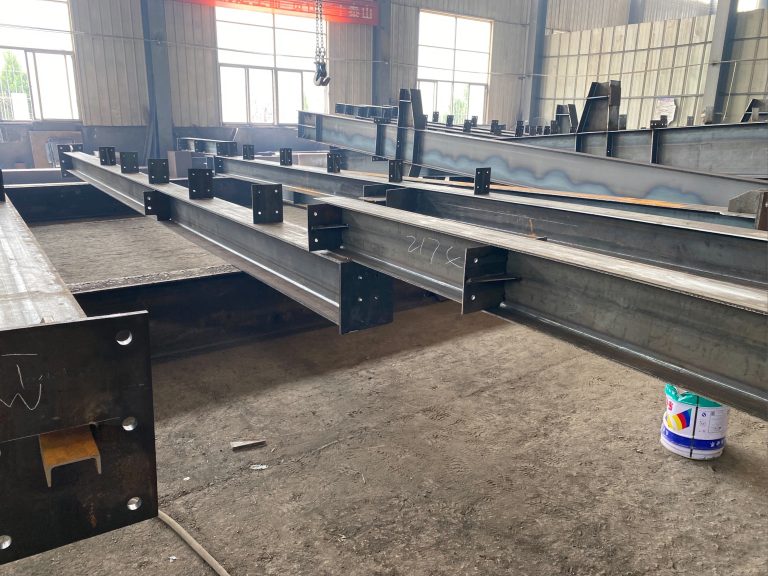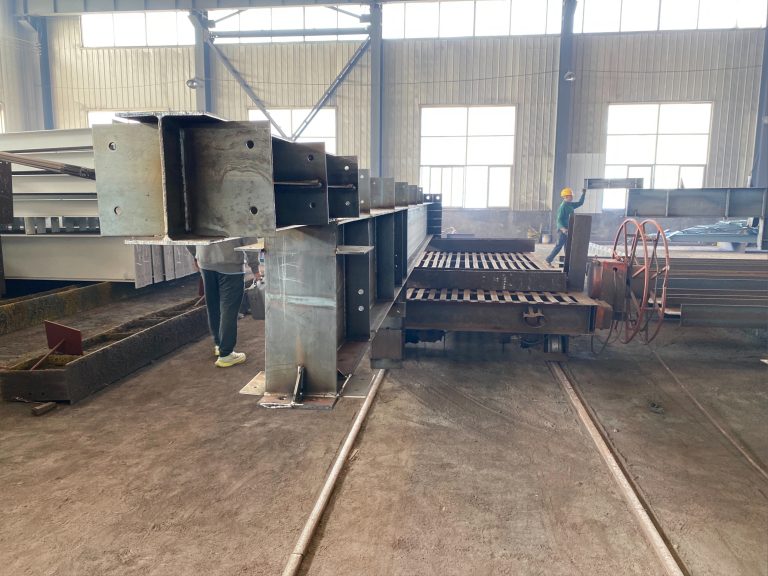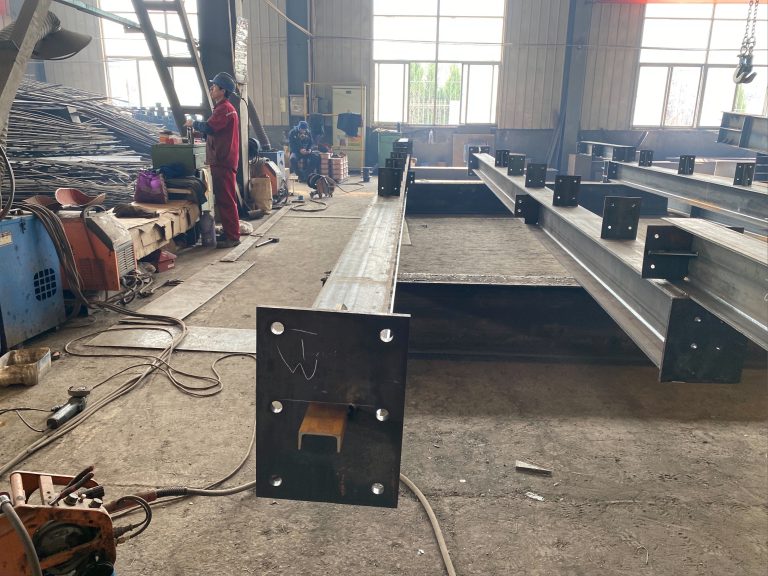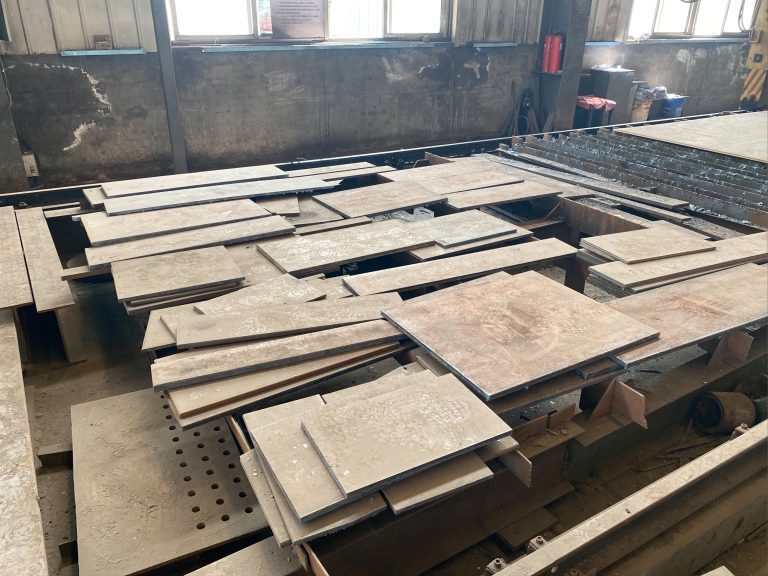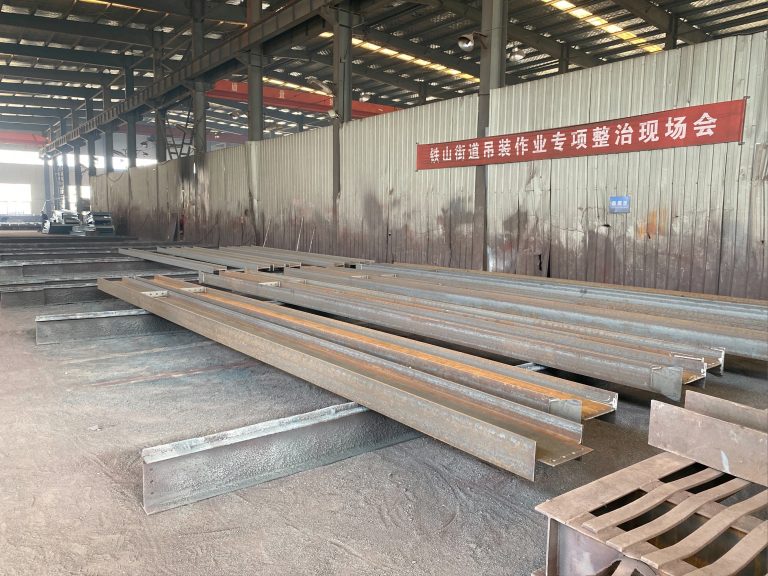Design and application of container house in temporary exhibition center
Table of Contents
Sustainable Design Strategies for Container Houses in Temporary Exhibition Centers
Container houses have gained popularity in recent years due to their versatility, affordability, and sustainability. These structures, made from repurposed shipping containers, offer a unique solution for temporary exhibition centers. By incorporating sustainable design strategies, container houses can provide a functional and environmentally friendly space for showcasing products, art, or other exhibits.
One of the key benefits of using container houses in temporary exhibition centers is their mobility. These structures can be easily transported to different locations, making them ideal for temporary events such as trade shows, art fairs, or pop-up shops. Additionally, container houses can be quickly assembled and disassembled, allowing for flexibility in the layout and design of the exhibition space.
In order to maximize the sustainability of container houses in temporary exhibition centers, it is important to consider the materials used in their construction. By using recycled shipping containers, designers can reduce the environmental impact of the structure and minimize waste. Additionally, incorporating energy-efficient features such as solar panels, LED lighting, and natural ventilation can further reduce the carbon footprint of the exhibition center.
Another important aspect of sustainable design for container houses in temporary exhibition centers is water conservation. By installing rainwater harvesting systems and low-flow fixtures, designers can reduce water usage and promote water efficiency. Additionally, using drought-resistant landscaping and permeable paving can help minimize water runoff and promote groundwater recharge.
In terms of energy efficiency, designers can incorporate passive design strategies to reduce the energy consumption of container houses in temporary exhibition centers. By orienting the structure to maximize natural light and ventilation, designers can reduce the need for artificial lighting and cooling. Additionally, using high-performance insulation and energy-efficient windows can help maintain a comfortable indoor environment while minimizing energy usage.
When it comes to the interior design of container houses in temporary exhibition centers, designers should prioritize functionality and flexibility. By using modular furniture and flexible partitions, exhibitors can easily customize the space to suit their needs. Additionally, incorporating sustainable materials such as bamboo flooring, recycled glass countertops, and low-VOC paints can enhance the environmental performance of the exhibition center.
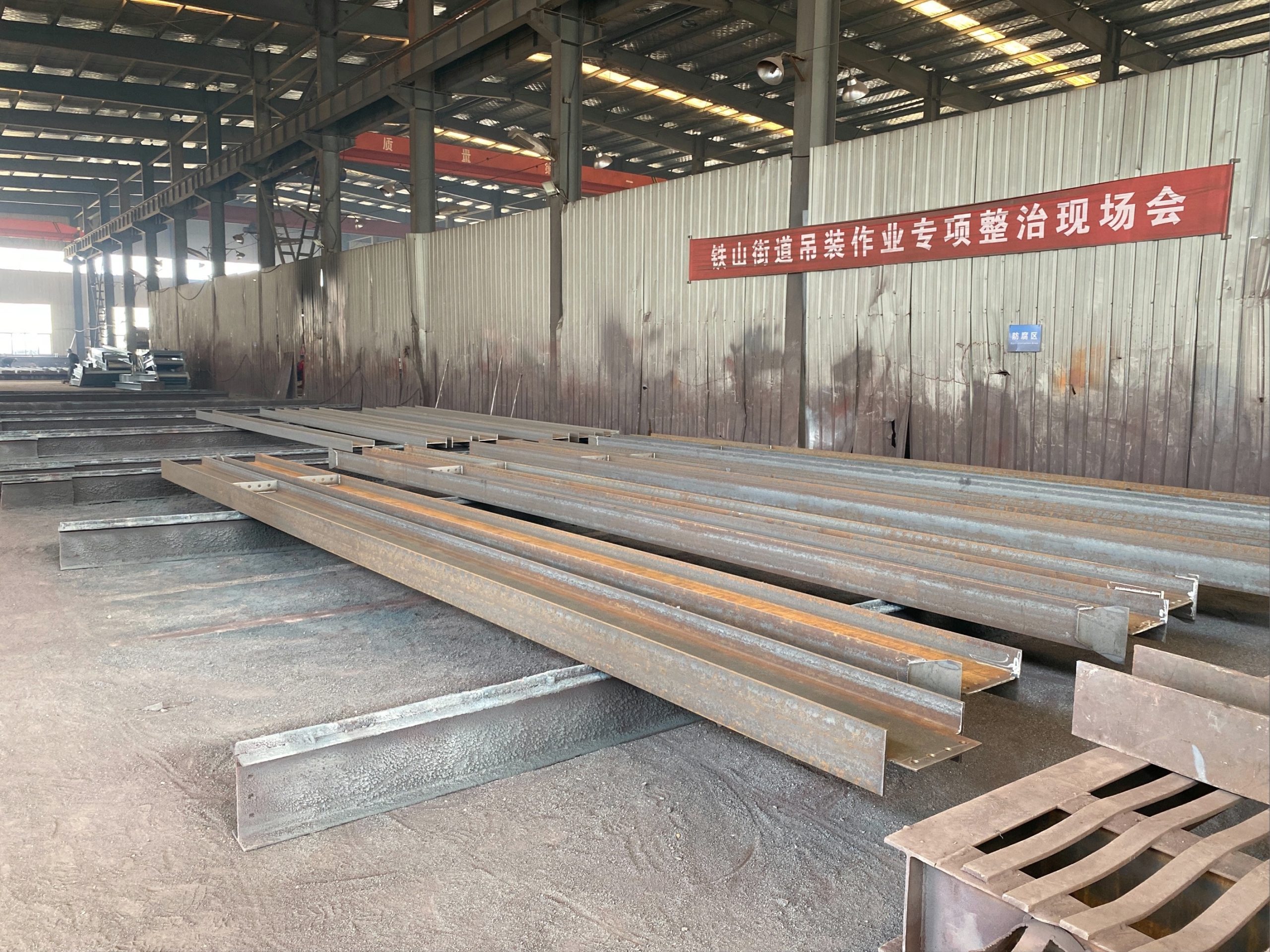
In conclusion, container houses offer a sustainable and versatile solution for temporary exhibition centers. By incorporating sustainable design strategies such as using recycled materials, promoting energy efficiency, and conserving water, designers can create a functional and environmentally friendly space for showcasing exhibits. With their mobility, affordability, and sustainability, container houses are an ideal choice for temporary events that require a flexible and eco-friendly design solution.
Innovative Applications of Container House Architecture in Temporary Exhibition Centers
Container houses have gained popularity in recent years due to their versatility, affordability, and sustainability. These structures, made from repurposed shipping containers, have been used for a variety of purposes, including residential homes, offices, and even temporary exhibition centers. In this article, we will explore the design and application of container houses in temporary exhibition centers, highlighting their benefits and potential challenges.
One of the key advantages of using container houses in temporary exhibition centers is their portability. These structures can be easily transported to different locations, making them ideal for events that require a flexible and adaptable space. Additionally, container houses can be quickly assembled and disassembled, allowing for rapid deployment and removal when needed.
In terms of design, container houses offer a unique aesthetic that can help create a memorable and visually striking exhibition space. The industrial look of the containers can be complemented with modern finishes and architectural elements to create a contemporary and innovative environment for showcasing products or artwork. Additionally, the modular nature of container houses allows for endless customization options, making it easy to tailor the space to suit the specific needs of the exhibition.
When it comes to the application of container houses in temporary exhibition centers, there are a few key considerations to keep in mind. Firstly, it is important to ensure that the containers are properly insulated and climate-controlled to provide a comfortable environment for visitors and exhibitors. This may require the installation of heating, cooling, and ventilation systems to regulate the temperature and air quality inside the containers.
Another important consideration is the layout and configuration of the containers to maximize the use of space and create an efficient flow for visitors. Careful planning is essential to ensure that the exhibition space is well-organized and easy to navigate, with clear signage and designated areas for different exhibits or activities. Additionally, accessibility and safety considerations should be taken into account to ensure that the space is welcoming and inclusive for all visitors.
In terms of challenges, one potential issue with using container houses in temporary exhibition centers is the limited size of the individual containers. While multiple containers can be combined to create larger spaces, there may be restrictions on the maximum size and height of the structure based on local building codes and regulations. This can impact the overall design and layout of the exhibition center, requiring creative solutions to maximize the available space while complying with legal requirements.
Despite these challenges, the use of container houses in temporary exhibition centers offers a cost-effective and sustainable alternative to traditional building methods. By repurposing shipping containers, which would otherwise end up in landfills, these structures help reduce waste and promote environmental conservation. Additionally, the modular nature of container houses allows for easy reconfiguration and reuse, making them a practical choice for temporary events and exhibitions.
In conclusion, the design and application of container houses in temporary exhibition centers offer a unique and innovative solution for creating dynamic and flexible spaces for showcasing products, artwork, and other exhibits. With careful planning and attention to detail, container houses can provide a versatile and sustainable option for temporary events, offering a memorable and engaging experience for visitors.

